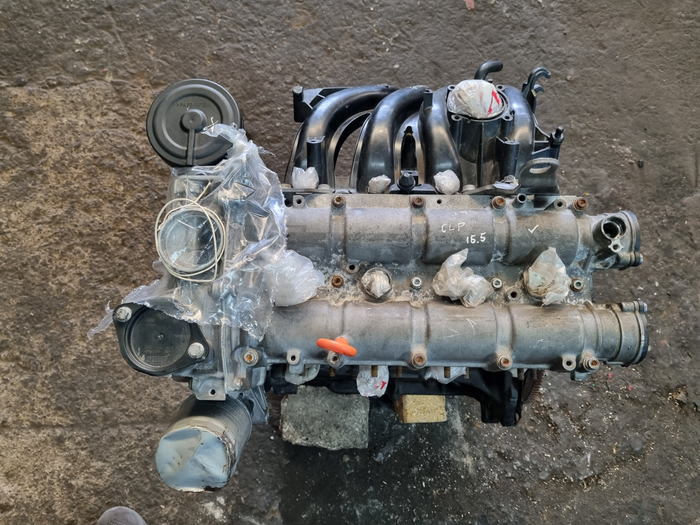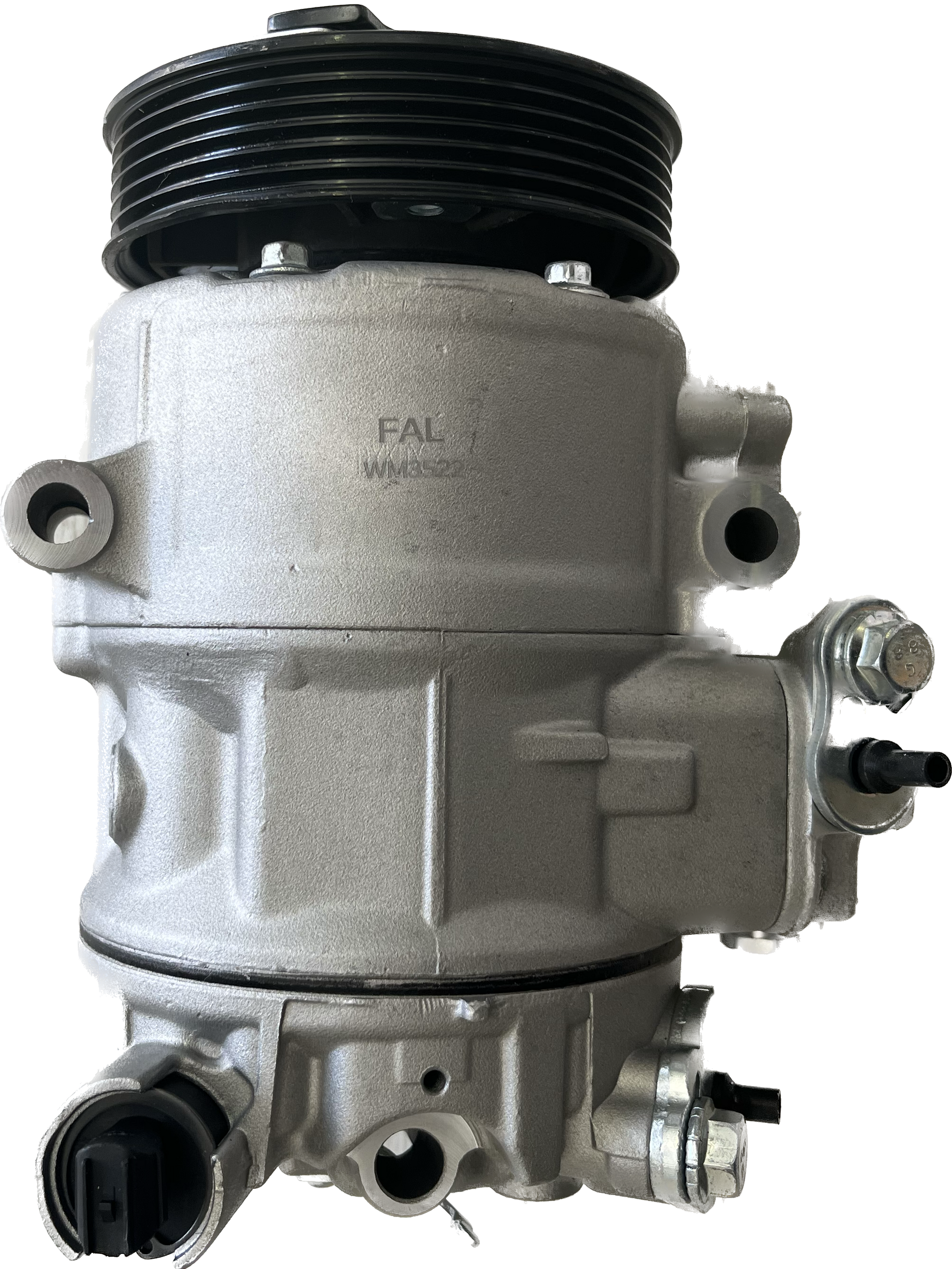Increase fuel efficiency with a top-tier clp engine.
Increase fuel efficiency with a top-tier clp engine.
Blog Article
How a Clp Engine Can Improve Performance in Various Industries
The arrival of CLP engines notes a substantial change in functional performance across different fields, driven by their capacity to enhance gas usage and decrease downtime. Industries such as manufacturing and logistics stand to get substantially from their durable layout and consistent power output, which promise to enhance procedures and enhance performance. As organizations progressively prioritize sustainability alongside effectiveness, the function of CLP engines comes to be even a lot more vital. What remains to be seen is how these innovations will form the future landscape of commercial operations and their influence on more comprehensive economic fads (clp engine).
Introduction of CLP Engines
CLP engines, or Continuous Liquid Propellant engines, stand for a substantial advancement in propulsion innovation, particularly for room applications. These engines use a constant feed system that enables for the continual expulsion of propellant, resulting in enhanced effectiveness and performance compared to standard solid or hybrid propulsion systems. By maintaining a constant circulation of liquid propellant, CLP engines can attain extra exact drive control, which is vital for navigating spacecraft in different mission situations.
The layout of CLP engines integrates advanced materials and cutting-edge gas management systems. clp engine. This leads to minimized weight and increased dependability, crucial elements for long-duration room objectives. Additionally, the continual operation minimizes the risk of combustion instability, a common obstacle in conventional rocket engines.

Benefits in Manufacturing
The manufacturing of Constant Fluid Propellant (CLP) engines presents several noteworthy advantages that improve both efficiency and cost-effectiveness. One of the key advantages is the streamlined production process, which minimizes the complexity related to conventional propulsion systems. By utilizing liquid propellant, producers can achieve higher accuracy in engine efficiency, causing enhanced power output and lowered waste.
In addition, CLP engines promote a greater degree of modularity, enabling much easier integration right into numerous production lines. This flexibility can dramatically decrease preparations and enhance total operational adaptability. The usage of CLP technology likewise has a tendency to decrease the demand for substantial upkeep as a result of less relocating parts, which translates into decreased downtime and functional costs.

Applications in Logistics
Leveraging Continual Liquid Propellant (CLP) engines in logistics uses considerable benefits in functional effectiveness and reliability. These engines supply a durable option for different transportation needs, allowing the seamless motion of goods across vast ranges. The inherent layout of CLP engines enables constant power result, which translates into smoother and much more predictable transport routines.
Among the vital applications of CLP engines in logistics is in sturdy freight transportation, where they can drive both ground and airborne cars. Their capacity to preserve high performance under differing tons problems makes certain that shipment timelines are met, thus improving consumer contentment. Furthermore, CLP engines can be integrated right into automated logistics systems, helping with real-time monitoring and enhancing course preparation.
Furthermore, the durability of CLP engines decreases upkeep downtime, allowing logistics companies to maximize their functional capabilities. This is specifically helpful in warehousing operations, where performance in managing and moving items is important. As logistics continues to progress, the combination of CLP engines stands for a forward-thinking approach that not just improves performance but likewise supports the market's expanding demands for dependability and speed.
Effect on Power Effectiveness
How do Continuous Liquid Propellant (CLP) engines boost power effectiveness in transport? CLP engines utilize a consistent circulation of liquid gas, optimizing combustion processes and maintaining a stable drive outcome. This layout reduces energy losses related to conventional burning engines, where gas shipment can differ and cause ineffectiveness.
The constant procedure of CLP engines permits a more efficient thermal cycle, causing higher specific impulse contrasted to conventional engines. clp engine. This equates to minimized gas usage for the same amount of job done, significantly reducing functional costs throughout various transportation fields, consisting of aviation and maritime sectors
In addition, the capability of CLP engines to keep optimum performance under varying lots conditions reduces the requirement for constant acceleration and deceleration, further boosting fuel read this efficiency. Enhanced power efficiency not only contributes to cost savings but also leads to link reduce greenhouse gas exhausts, lining up with worldwide sustainability objectives.
Future Trends and Innovations
Emerging improvements in Continual Fluid Propellant (CLP) engine innovation promise to transform the landscape of transportation efficiency and sustainability. As sectors pivot toward greener choices, CLP engines stand at the leading edge, integrating cutting-edge products and style methodologies that improve efficiency while reducing environmental effect.
Among the most promising patterns is the fostering of hybrid systems that combine CLP engines with renewable resource resources. This synergy can enhance gas intake and reduce discharges, straightening with global sustainability goals. Furthermore, developments in computational fluid characteristics (CFD) are facilitating the layout of even more aerodynamically efficient engines, bring about minimized drag and boosted fuel efficiency.
Additionally, the development of clever monitoring systems is readied to improve operational effectiveness. These systems utilize data analytics and IoT modern technology to enhance engine performance in real-time, guaranteeing that the engines run within their most reliable criteria.
As study remains to check out different propellant formulations-- such as biofuels and synthetic gas-- the future of CLP engines looks encouraging. By taking advantage of these technologies, markets can not only enhance their performance however additionally add considerably to a cleaner, more sustainable future in transport.
Conclusion
In final thought, CLP engines represent a substantial innovation in effectiveness throughout several sectors. Their ability to optimize fuel usage and decrease operational costs, incorporated with Our site a continual feed system, boosts power result and functional dependability. The integration of sophisticated materials and fewer relocating parts decreases maintenance demands, while alignment with sustainability objectives placements CLP engines as a critical modern technology for the future. Proceeded innovation in this area assures additional enhancements in performance and ecological performance.
Report this page